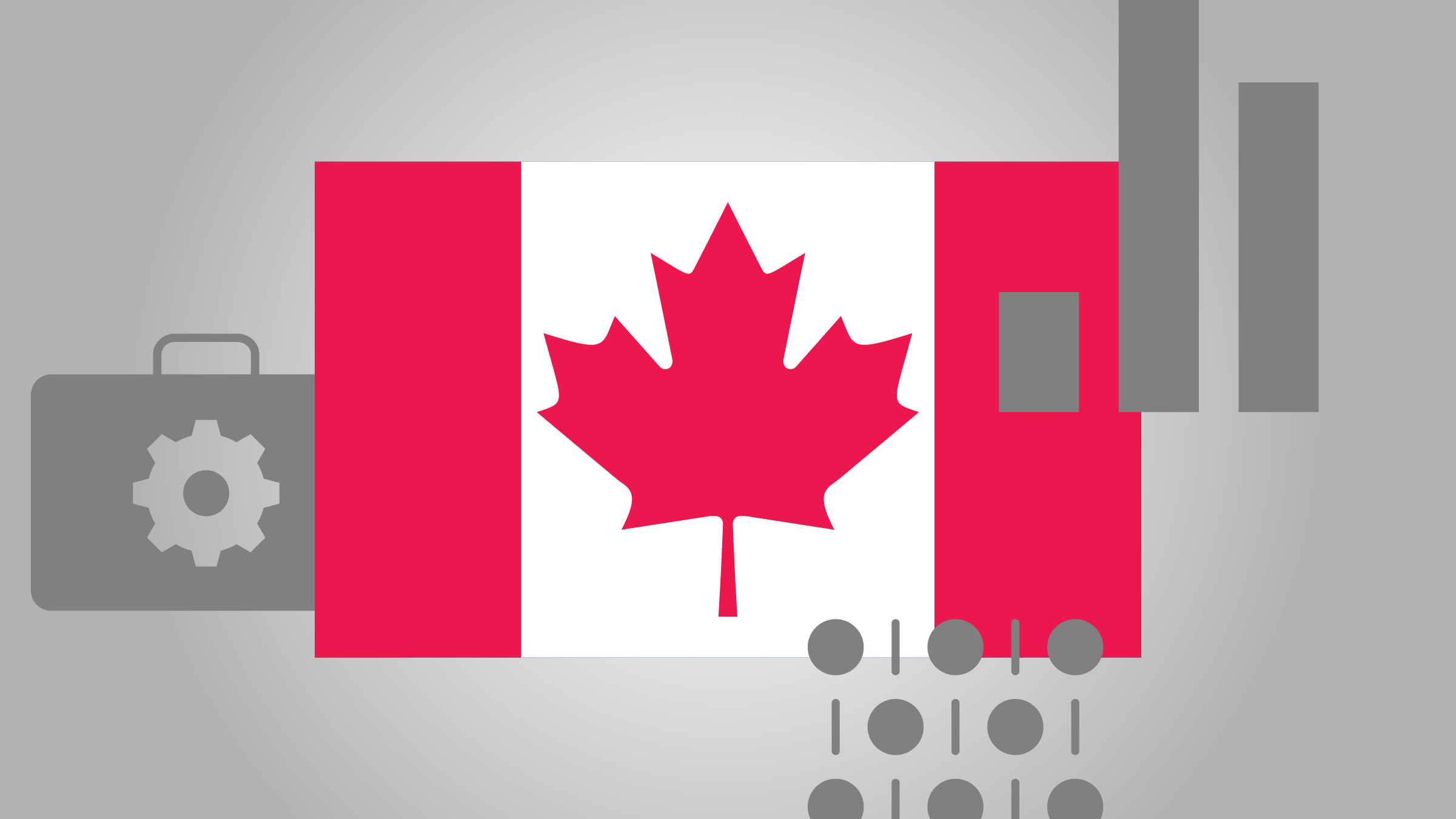Ruth Saldanha: Starting the 31st of October we at Morningstar are changing the way we assign the Morningstar Quantitative Rating for funds. And we are also enhancing the Morningstar sustainability rating. We have changed the methodology that we follow, setting a higher bar for funds to earn a Gold, Silver or Bronze rating, and we are doubling down on fees. To discuss the changes, Madison Sargis, Morningstar's Associate Director of Quantitative Research is here with us today.
Madison, thank you for being here.
Madison Sargis: Thanks for having me.
Saldanha: To begin with, why have we decided to change the quantitative ratings?
Sargis: We're changing the Morningstar Quantitative Rating mainly for two reasons. One is the Morningstar Manager Research team has developed an engine to calculate ratings from overall pillar scores. And so, the Morningstar Quantitative Rating is going to adopt that calculation engine. And so, now, the two systems will be in sync. The second reason is, the Morningstar Quantitative Rating was actually launched in the U.S. in 2016. And so, this methodology has been out there for nearly three years. And in that time, the quant team has been reviewing the methodology and researching ways to improve it. And so, now, in October, we will be releasing some of those improvements that we've made.
Saldanha: The main changes that we've dropped two of the pillars, price and performance. Are they no longer relevant to the rating?
Sargis: Actually, price is becoming even more important. So, right now, what we're doing is we're looking at a fund's expense ratio relative to its peers. Moving forward, we're going to be looking at how much value a fund can add after the fee is paid for. And so, in that way, it's no longer going to be okay just for a fund to be the cheapest of an expensive group. We're really going to be looking at the value that a fund can add above its fee.
Saldanha: The remaining three pillars, process, parent and people, are they equally weighted?
Sargis: It depends. So, for active funds, people and process will become 45% of the weight, and parent will be the remaining 10%. For your passive product, process becomes 80% of the weight, people becomes 10% and parent is also 10%.
Saldanha: So, what ratings are likely to see the most change?
Sargis: Funds and share classes that are expensive are going to be most affected by the ratings change. We're going to be making sure that share classes can deliver positive value to their investors. And so, if we think that a fund cannot do that due to his expense ratio, those ratings are likely to be knocked down.
Saldanha: So, from an investor standpoint, should investors be doing anything based off of these changes?
Sargis: Investors should still use Morningstar's Quantitative Rating as a due diligence tool. So, remember that funds that are given a Gold, Silver or Bronze are the ones that we expect to outperform over a full market cycle and funds that are marked Neutral or Negative are ones that we expect to underperform. So, in that sense, the enhancements to the methodology are only going to shore up our rating system.
Saldanha: Thank you so much for joining us today, Madison.
Sargis: Thank you for having me.
Saldanha: For Morningstar, I'm Ruth Saldanha.


















